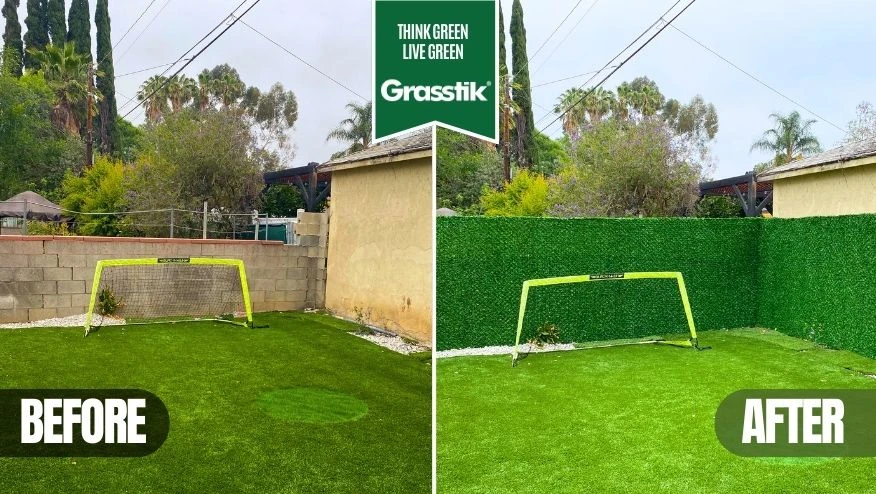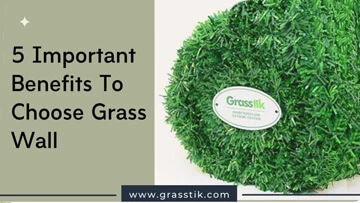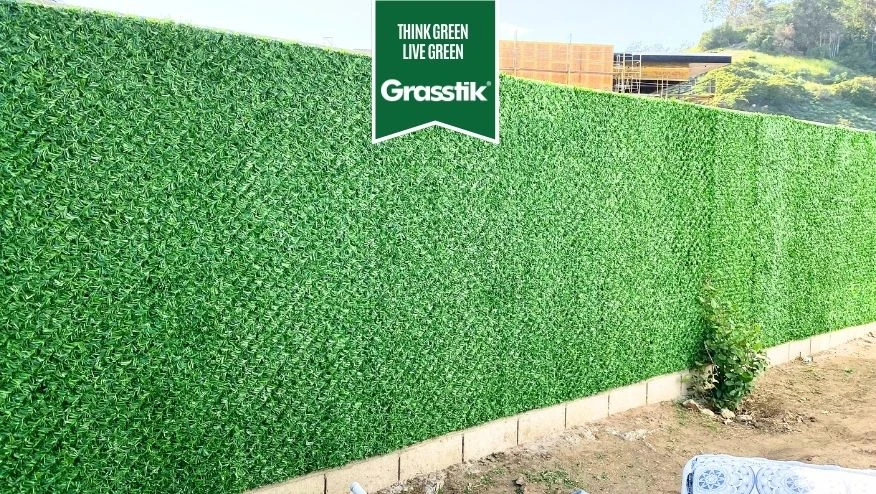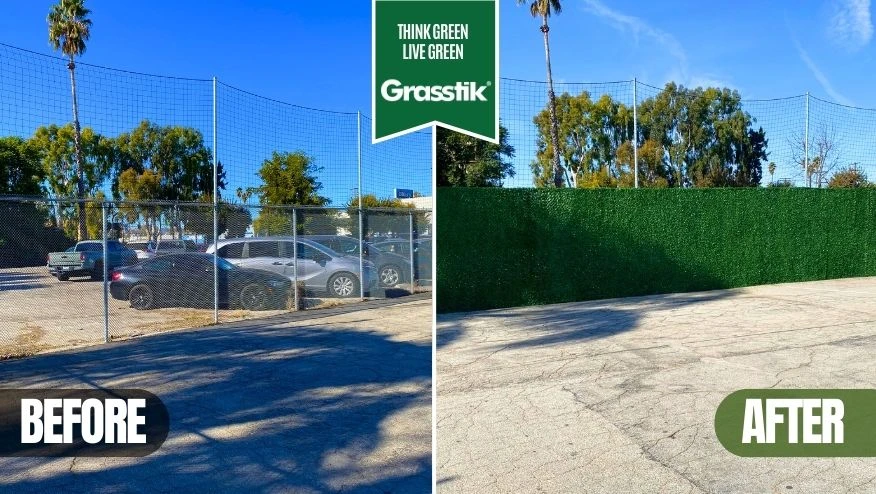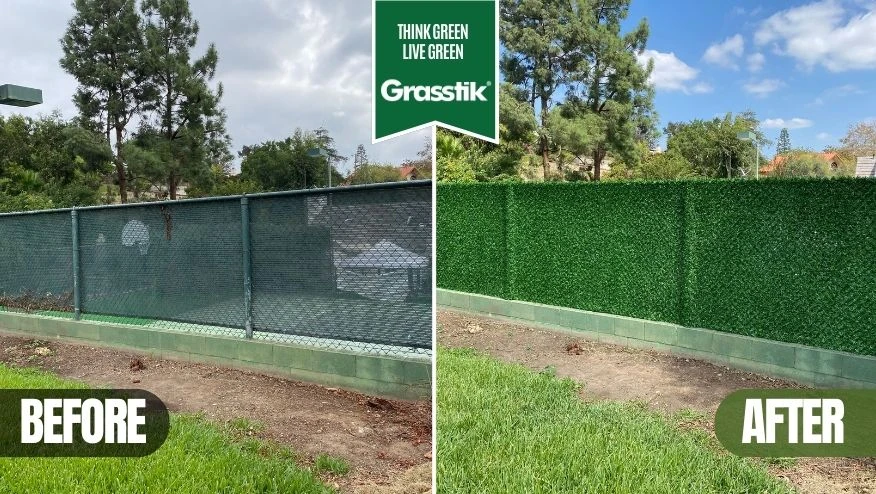
Determining the correct fence post depth is crucial for the stability and durability of a fence. Various factors influence the depth required for fence posts, ensuring they withstand environmental conditions and load requirements. This guide outlines essential considerations and specific depths for different types of fences.
General Considerations for All Fences and Fence Posts
The depth for fence post holes plays a pivotal role in the fence's longevity and stability. Key points to consider include:
- Fence Height: Typically, posts should be buried at least one-third to one-half the height of the fence above ground.
- Soil Type: Denser soils provide more stability and may require shallower depths, whereas sandy or loamy soils might necessitate deeper holes.
- Climate: In regions with freeze-thaw cycles, posts should extend below the frost line to prevent shifting.
- Fence Material Weight: Heavier materials like wood or metal need deeper posts compared to lighter materials such as vinyl or chain link.
- Local Building Codes: Always adhere to local regulations which may specify minimum depths and other requirements.
How Deep Should a Privacy Fence Post Be
When installing privacy fences, which are designed to provide seclusion and block visibility, ensuring the posts are set at the correct depth is critical for the fence's effectiveness and durability. The depth of post holes for a privacy fence plays a significant role in its ability to withstand various environmental stresses. Here are the factors affecting the privacy fence post depth:
- Height of the Fence: The taller the privacy fence, the deeper the posts should be buried. This is to counterbalance the fence's height and provide adequate support against wind pressure. Typically, for a standard 6-foot tall privacy fence, posts are buried 2-3 feet deep.
- Material Weight: Privacy fences made from heavier materials, such as wood or vinyl panels designed to resemble wood, demand deeper post holes. The additional depth ensures that the posts can support the weight of the grass fence or panels over time without leaning or sagging.
- Soil Condition: The specific type of soil you're working with directly impacts the required depth. Sandy or loamy soils, which are less stable, necessitate deeper holes compared to more compact soil types like clay. This ensures the fence has a solid foundation and remains upright.
- Wind Exposure: Areas subject to high winds require deeper post installations to prevent the fence from being knocked over. The depth provides a counterforce to the wind's lateral pressure, ensuring the fence's stability even during strong gusts.
- Considering these factors ensures that privacy fences are not only visually appealing but also structurally sound and capable of withstanding the elements, offering long-lasting privacy and security.
How Deep Should a Chain Link Fence Post Be
Installing a chain link fence involves strategic planning to ensure its longevity and stability. The depth of post holes for a fence is a critical factor, especially for chain link varieties, which must withstand environmental forces despite their lightweight nature. Here are the key considerations:
- Height and Mesh Size: The rule of thumb is that the taller the fence and the larger the mesh size, the more susceptible the fence is to wind load. This requires deeper post holes to anchor the fence securely against wind forces. Typically, posts for a standard residential chain link fence around 4 to 6 feet in height should be buried at least 2 feet deep.
- Application: The intended use of the fence plays a significant role in determining post depth. Residential fences generally require posts to be buried about 2 feet deep for adequate stability. However, for commercial or security applications where the fence is taller and potentially subject to greater stress, posts may need to be buried 3 feet deep or more to ensure enhanced durability and resistance against tampering or environmental conditions.
Adhering to these guidelines ensures that chain link fences are properly supported for their intended use, providing reliable perimeter security and durability over time.
How Deep Should a Concrete Fence Post Be
Concrete fence posts, given their robustness and substantial weight, necessitate careful consideration for fence post hole depth to ensure stability and longevity:
- Overall Weight: The heavyweight of concrete posts means that they require deeper holes to adequately support and distribute the weight of the fence. Typically, a depth of at least one-third the height of the fence is recommended to provide a solid foundation.
- Soil Type and Moisture Levels: Since moisture can adversely affect concrete over time, causing erosion or frost heave, the depth and installation method must consider soil type and moisture levels. In areas with high moisture or variable soil conditions, deeper installations may be necessary to protect the post base from water damage and to ensure stability.
How Deep Should a Metal Fence Post Be
Metal fence posts are favored for their durability and strength but require specific hole depth for fence post considerations to prevent issues like corrosion and ensure they are firmly anchored:
- Corrosion Consideration: For metal posts, especially in areas prone to high moisture or saline soil, deeper installation is crucial to protect against corrosion at the base. Coating the buried part of the post with a protective layer or using galvanized metal can also mitigate this risk.
- Type of Metal: The specific metal used for the posts affects the required depth. Heavier metals, such as steel, demand deeper holes to support the fence's weight securely, while lighter metals like aluminum may require less depth but still need sufficient anchorage to prevent bending or swaying.
How Deep Should a Vinyl Fence Post Be
Vinyl fencing, known for its lightweight and minimal maintenance, requires specific considerations for post depth for fence to maintain stability and prevent displacement:
- Wind Resistance: Despite their lightweight nature, vinyl fences can act like sails in windy conditions, necessitating deeper post holes to anchor the fence securely against wind forces. Ensuring posts are buried deeply enough can prevent the fence from leaning or being uprooted.
- Soil Stability: The depth must also account for soil stability, with softer or less stable soils requiring deeper holes to ensure the fence remains upright and stable over time, preventing shifting or leaning that can occur with soil erosion or settling.
How Deep Should a Wood Fence Post Be
Wooden fence posts, the cornerstone of traditional fencing, demand detailed attention to the depth of a fence post to avoid decay and ensure structural integrity:
- Preservation: Wood is susceptible to moisture-related decay, making the treatment of the posts and their depth critical. Posts should be set in holes deep enough to prevent moisture accumulation around the base, typically extending below the frost line in colder climates to prevent frost heave.
- Height and Type of Wood: The height of the fence and the type of wood used (denser woods like cedar or redwood versus softer woods) influence the required depth. Taller fences and denser woods generally require deeper holes to provide adequate support and resist wind pressure effectively.
Fence Post Depth Chart
| Fence Type | Recommended Minimum Depth |
| Privacy Fence | 2-3 feet (61-91 cm) |
| Chain Link Fence | 2-3 feet (61-91 cm) |
| Concrete Fence Post | At least 1/3 the height of the fence |
| Metal Fence Post | Varies by metal type; at least 2 feet (61 cm) for lighter metals, deeper for heavier metals |
| Vinyl Fence Post | 2-3 feet (61-91 cm) |
| Wood Fence Post | At least 2-3 feet (61-91 cm), deeper for taller or heavier fences |
As seen above, the fence posts depth chart shows that the minimum depth for fence posts varies based on the type of fence, material, environmental conditions, and local building codes. Ensuring proper depth is essential for the stability and longevity of the fence, whether it's a lightweight vinyl barrier or a sturdy grass fence panel. Always consult with professionals or local building authorities to determine the optimal depth for your specific fence type, considering the unique conditions of your property and region.

